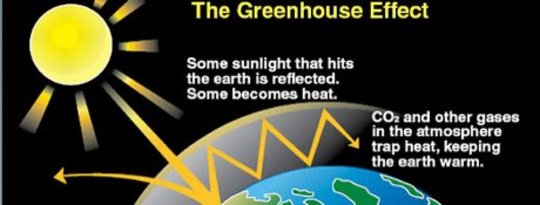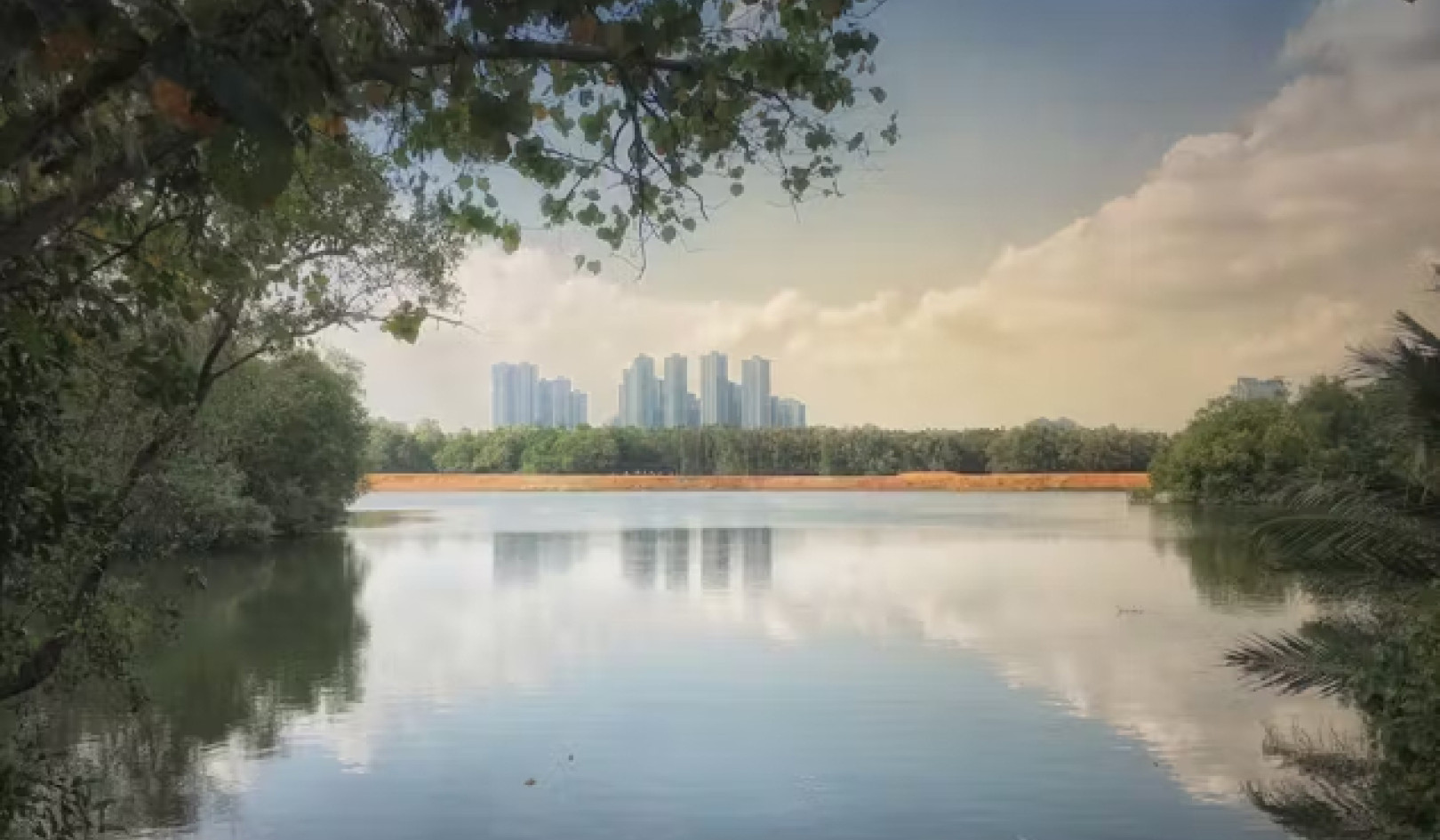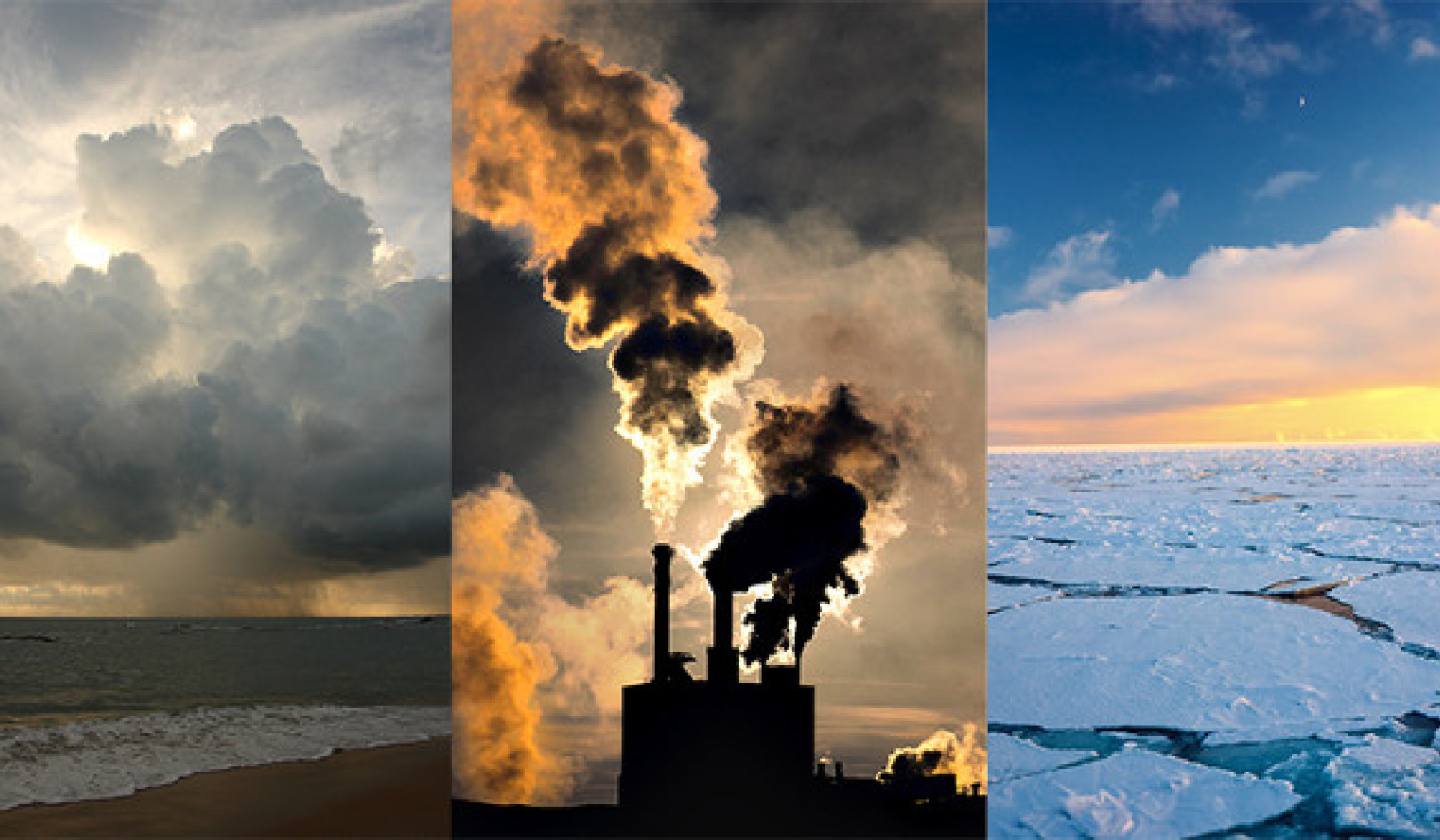Cuts In Other Pollutants Can Help Climate
CLIMATE NETWORK NEWS - Concerted action on a planet-wide scale could slow sea level rise and reduce some of the more damaging effects of global warming – by limiting emissions not of carbon dioxide but of four other pollutants, according to new research published in Nature Climate Change.
Veerabhadran Ramanathan of the Scripps Institution of Oceanography in the US and colleagues argue that by reducing levels in the atmosphere of the short-lived pollutants ozone, methane, black carbon and hydrofluorocarbons, governments could temporarily reduce the rate of sea level rise by between 25 and 50%.
Since some of the world’s greatest cities – New York, Mumbai, Tokyo, Amsterdam, Miami, Shanghai and so on – are all at sea level, the rewards of reducing emissions would be considerable.
“To avoid potentially dangerous sea level rise, we could cut emissions of short-lived pollutants even if we cannot immediately cut carbon dioxide emissions”, says Aixue Hu of the US National Center for Atmospheric Research, a co-author. “This new research shows that society can significantly reduce the threat to coastal cities if it moves quickly on a handful of pollutants.”
Carbon dioxide, once in the atmosphere, tends to stay for centuries. The sinister foursome identified by the researchers are all short-lived pollutants, and released in much smaller quantities, but weight for weight they trap more heat in the lower atmosphere. Reduction would not be simple.
Hydrofluorocarbons became the refrigerant replacement of choice for the notorious and now-banned chlorofluorocarbons that threatened the stratospheric ozone layer in the 1980s.
Low-level ozone concentrations tend to build up in the traffic fumes of smog-ridden cities but can also – as Climate Network News reported in January – occur as a consequence of otherwise innocent afforestation and biofuel projects.
Methane, or natural gas, is released both by farming and by decomposition in the tropical and temperate zones. Enormous stores of methane exist naturally in soils and the seabed, and the release of these could be calamitous.
Black carbon or soot from coal fires, forest fires and diesel engines the world over was in January identified as the second biggest contributor to global warming.
“It is still not too late, by stabilizing carbon dioxide concentrations in the atmosphere and reducing emissions of shorter-lived pollutants, to lower the rate of warming and reduce sea level rise”
Decades ago, scientists identified rising carbon dioxide emissions as the biggest and most ominous driver of climate change: governments have agreed that they would like to limit global average temperature rise to 2°C, but have yet to decide a master plan for vigorous emissions reductions on a global scale.
The US researchers looked for the quickest ways of slowing the worst consequences of climate change, and settled on some of the other sources of warming.
Their computer models revealed that a sharp reduction in releases of these pollutants could offset warming temperatures by up to 50% by 2050.
Sea levels have been rising 3 millimetres a year and are projected to rise by up to 59 centimetres this century. Swift action on the short-lived pollutants could reduce this by 22 to 42% by 2100. If governments managed to reduce carbon dioxide emissions as well, total sea level rise could be lessened by at least 30% by 2100.
“It is still not too late, by stabilizing carbon dioxide concentrations in the atmosphere and reducing emissions of shorter-lived pollutants, to lower the rate of warming and reduce sea level rise”, says Professor Ramanathan. “The larger role of the shorter-lived pollutants is encouraging since technologies are available to drastically cut their emissions.” – Climate News Network




























